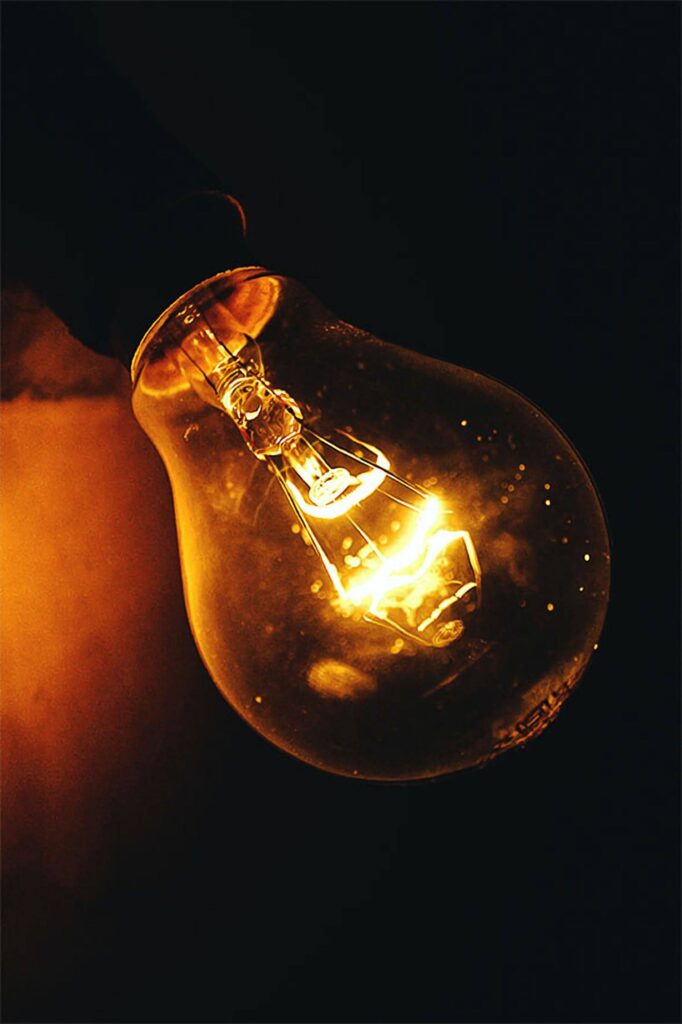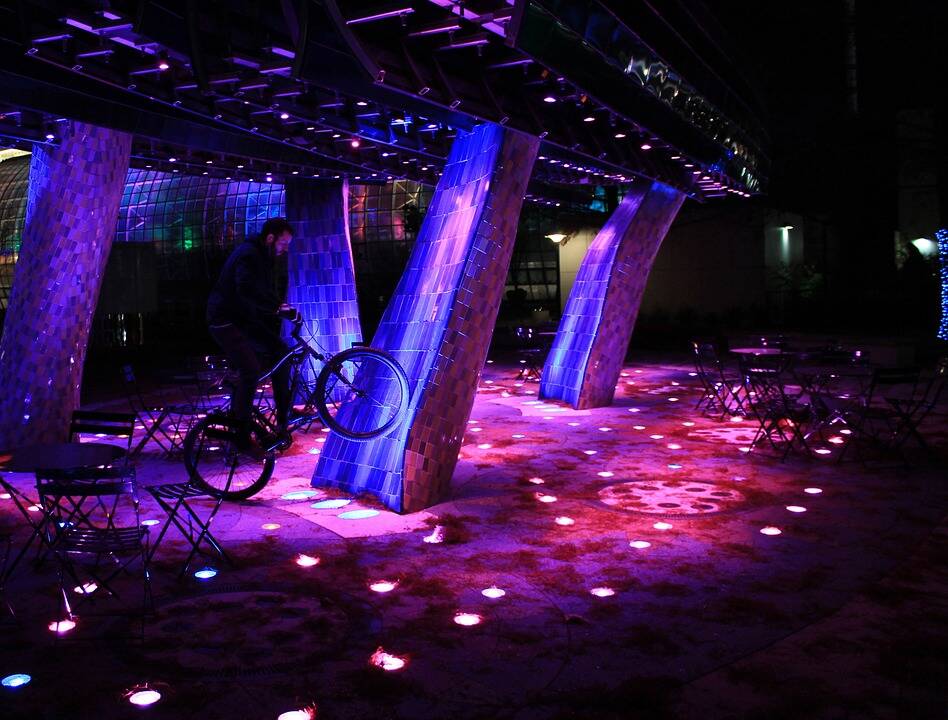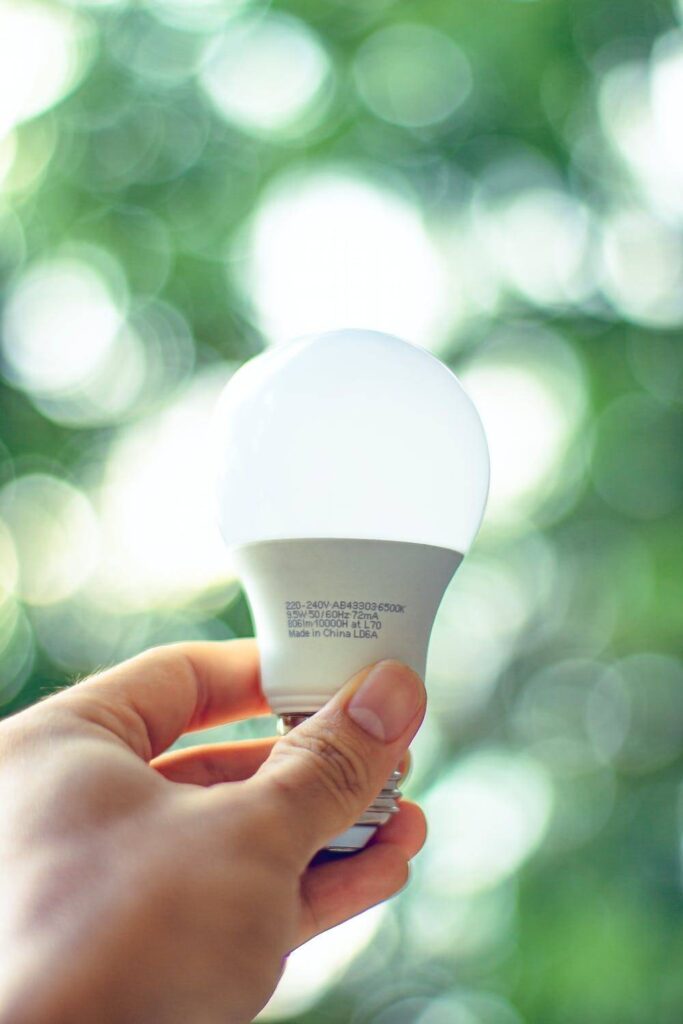How Much Can You Save By Replacing Your Bulbs with LED?
LED has emerged as the lighting of choice for the modern world. You not only get more light per wattage but also save money and help cut down power plant emissions. Business or home, LED lights have transformed the lighting industry making it more energy-efficient and affordable.
LED stands for light-emitting diode. LED is a type of semiconductor that generates light when current passes through it. The particles that carry current combine in the semiconductor and produce light. The energy of the photons in the semiconductor impact the wavelength of the light, giving it different colors.
Till the mid-90s, there were only a limited number of color of lights generated by LEDs. By the end of the 90s, LEDs that emit blue or white light began to appear in the market. How much can you really save by changing to LED? How is LED light different?
History of LED
The first LED light was developed by Nick Holonyak in 1962 under General Electric. However, the first products hit the market around 1972 and were limited to green lights. In 1994, Shuji Nakamura made the first ultra-bright blue LEDs.
Further developments were made by researchers all over the world, including the US Department of Energy. Today, LEDs have become synonymous with energy savings and found in every corner of the world.
Can You Replace Your Light Bulbs with LED Lights?

According to a study by the University of Michigan, you should replace incandescent bulbs with LEDs right now! It can save you money, electricity, and also help create a greener earth.
So is there anything you need to consider?
First, you should decide whether you want to replace all the bulbs in one go or do it separately. For most households, changing all bulbs is not that a costly affair. So go forward and change your bulbs with energy-efficient LEDs.
Consider the Bulb Fitting
You should check the bottom of your bulb to find out the type of fitting you need. The most common standards are GU10 and E27.
- GU10: The bulbs have two little pins at the bottom that goes into the holder.
- E27: The bulb has a screw thread and screws into the holder.
Tip: Take your old bulb along to the store if you have any confusion.
Can You Get the Same Color Spectrum from LED?
LED lights can provide all hues or spectrums of white light. You can look at the Kelvin value to determine the nature of light the LED gives out. Bulbs with lower Kelvin values emit warm light, whereas higher values provide cool white light.

Here are some examples of light spectrum provided by different Kelvin values-
- Around 2,700 Kelvin – produces a warm light
- Around 4,000 Kelvin – provides neutral, cool white light
- Around 4,500 Kelvin – emits cool blue light
How Much Money do LEDs Cost?
The price of LED fixtures has been coming down considerably in recent years. According to USA Today, the price of LEDs has dropped by 85%.
You can now buy LED bulbs at affordable prices. If you do a quick Google, you will see LED bulbs for less than a dollar. Even leading companies like Philips sell LED bulbs for as low as $1.50.
You can buy a quality LED bulb in less than $5. But if you want smart LEDs, you need to pay $60 or more.
Now, multiply the cost of LED with the number of bulbs you need to replace. That will give you the total investment you need to make.
How Much Money Can LED Save?
LED lights help you save money on various levels. Before we make an actual estimate, let’s consider a few facts about LED and regular fixtures like incandescent bulbs or fluorescent lights.
- LED lights are energy-efficient- almost 80% more than incandescent bulbs. That means a 10-watt LED bulb is enough to provide the light emitted by a 60-watt incandescent bulb.
- An LED bulb lasts for 25,000 hours. In comparison, incandescent bulbs last for 1,200 hours, and a CFL for around 1,000 hours. That means you will need 21 incandescent bulbs and 25 CFLs to match the lifetime of an LED.
Now, let’s calculate the savings!
Electricity costs are charged per kilowatt (kWh) basis. The average cost would be around $0.12 per kWh. So to power a LED for 25,000 hours, you will need around-
25,000 x 0.12 = $30.
Now, for an incandescent bulb, you will need-
1,200 x 0.12 = $144.
So you get a savings of around $114 per incandescent bulb by replacing it with an LED.
What it Means on Large Scale
According to the US Department of Energy, switching to LED can save 348 TWh of energy. That is equivalent to the annual production of 44 large power plants!
So, how much money can it save?
USA will save up to $30 billion by switching to LED considering current electricity prices!
Here’s what it takes to operate different lights for 3 hours per day for a year-
Who are the Largest Manufacturers of an LED?

All leading lighting companies produce LED bulbs. You can buy your LEDs from popular companies like Philips, Cree, GE Lighting, and Osram.
Philips is a leading Dutch multinational company with headquarters in Amsterdam. It’s one of the largest electronics companies and released the EnduraLED light in 2010. You can now find a range of LED bulbs and lights from Philips including vintage-styled LEDs, dimming and color-changing LEDs, classic glass LEDs, and regular LED bulbs.
Cree is located in North Carolina in the USA and introduced the first commercial blue LED in 1989. Now they sell a range of LED options including high-brightness LEDs, LED integrated arrays, and LED lamps.
GE Lighting is a part of the General Electronics group based in the USA. They developed LED technology first in 1962. Now you can buy various models of LED bulbs from GE under categories like LED+, HD+ Light, and Grow Light LED.
Osram is a reputed lighting company situated in Germany. They came out with their LED in 2014 and now sell LEDs for automotive, consumer, and commercial applications.
Wrapping Up
There’s no need to wait for replacing your light bulbs with LEDs. Just see what fitting you have got and pick a spectrum to start saving!